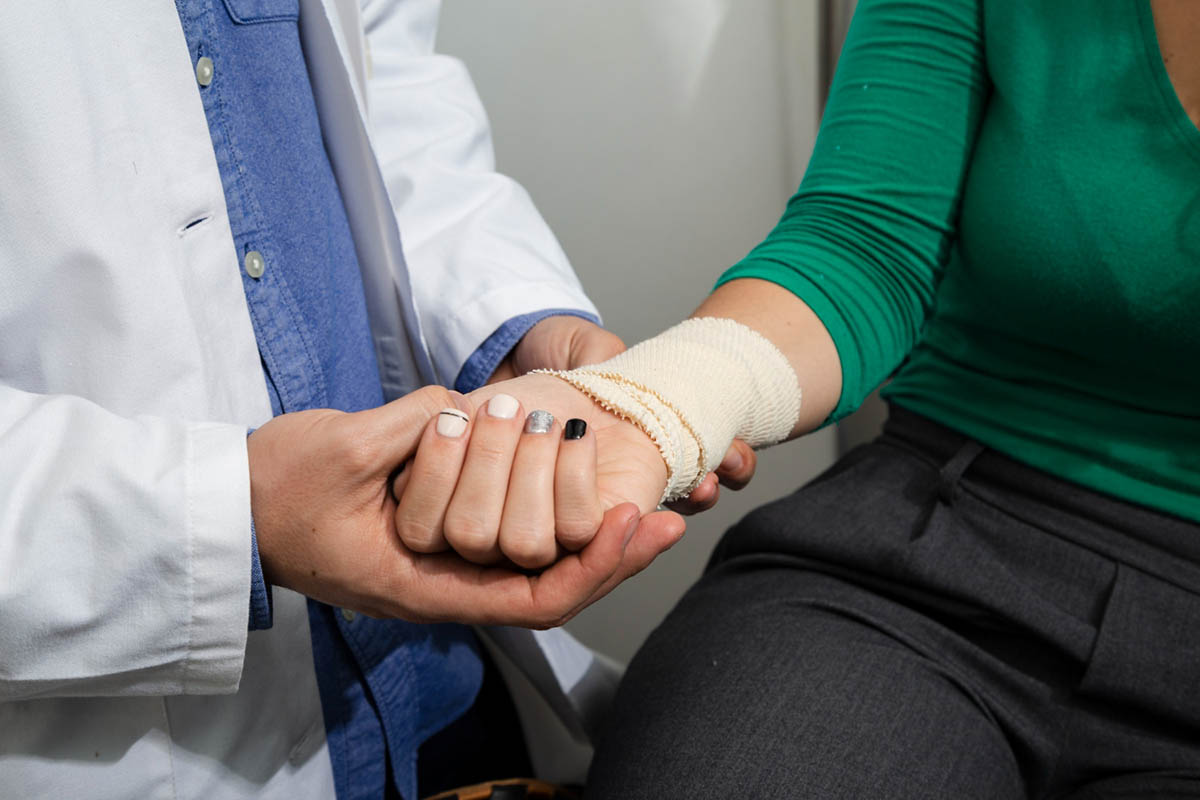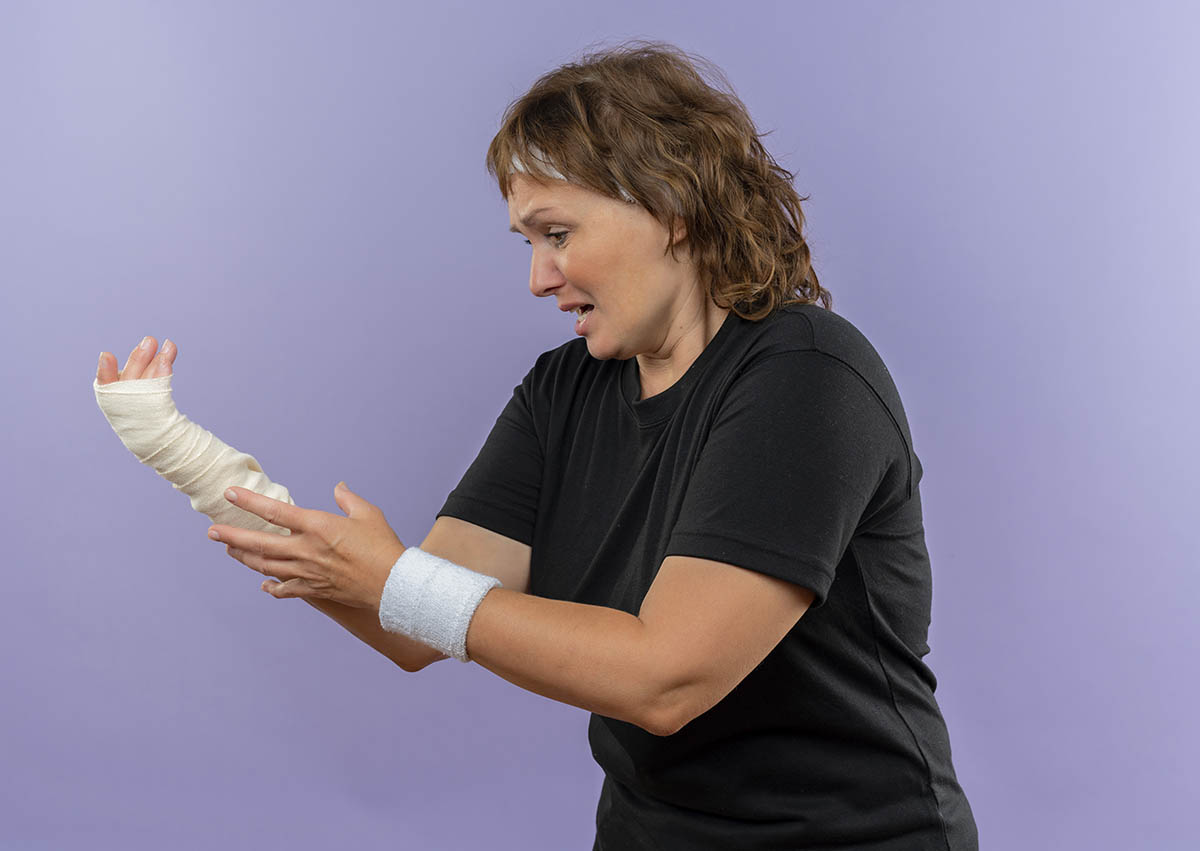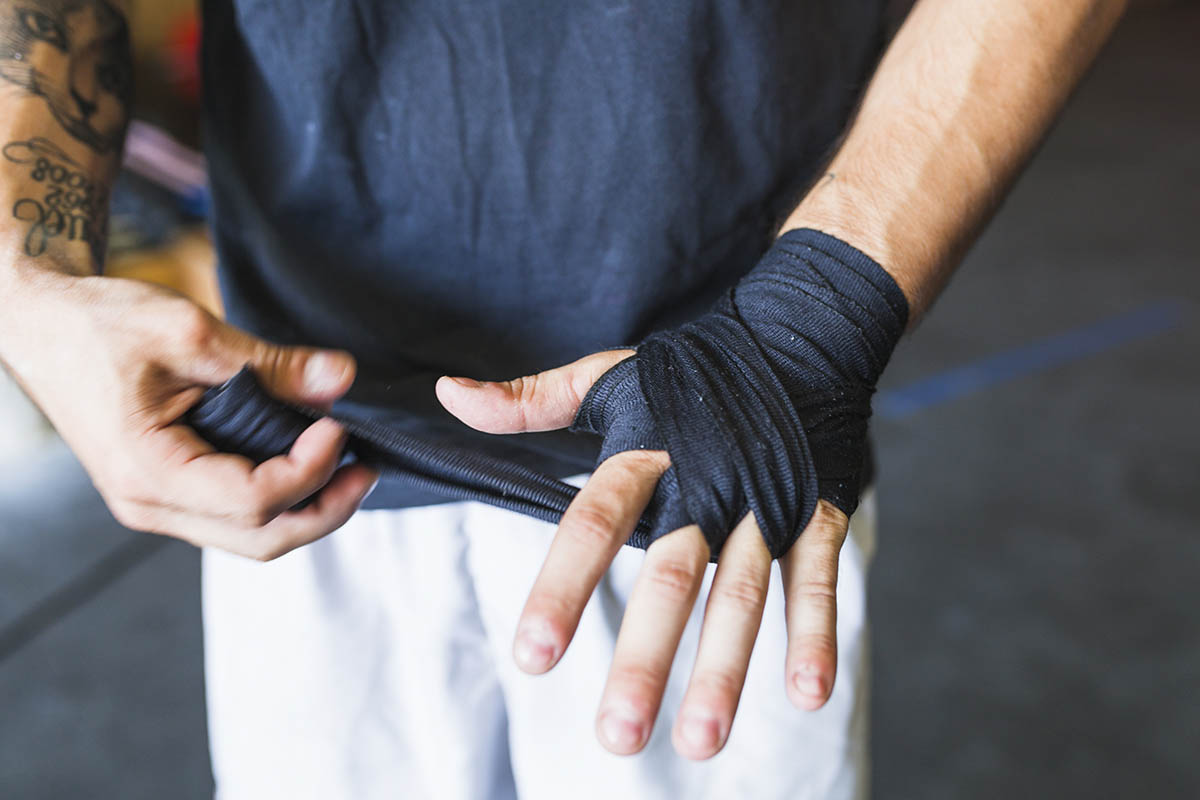Introduction
The human hand is amazingly designed, letting us move with great skill and hold things tightly. However, this complex system of bones, muscles, and tendons is susceptible to injury, particularly in activities that require repetitive gripping or forceful grasping. One such injury is a finger pulley injury, a common concern for athletes, especially rock climbers.
Understanding the Anatomy
Our fingers consist of three bones (phalanges) connected by flexible joints. Flexor tendons run along the palm, and the forearm controls finger movement. To ensure smooth gliding of these tendons, a series of ring-like ligaments called pulleys act as connective tissue, keeping the tendons close to the bones.
The most important pulleys for finger function are the annular pulleys, specifically A1 through A5. These annular pulleys encircle the finger flexor tendons like rings, holding them close to the bones of the finger.
- The A1 pulley is located at the base of the finger, closest to the palm.
- The A2 pulley is situated at the level of the proximal interphalangeal (PIP) joint, which is the middle joint of the finger. This pulley is particularly vulnerable to rock climbing injuries.
- The A3 pulley is located at the mid-portion of the middle phalanx.
- The A4 pulley sits at the level of the distal interphalangeal (DIP) joint, the outermost joint of the finger.
- The A5 pulley is located at the tip of the finger, just above the distal interphalangeal joint and embedded within the finger pad.
There’s also a separate set of pulleys called cruciate pulleys that provide additional stability to the tendons.
What is a Finger Pulley Injury?

A finger pulley injury involves the tearing or rupture of one or more of the pulley systems in the fingers. The most commonly affected pulley is the A2 pulley, located in the proximal phalanx. Pulley injuries to the fingers were the most common diagnoses, accounting for 30% of finger injuries and 12% of total injuries. This common injury often results from excessive force applied to the finger, particularly during activities requiring intense gripping.
What are the Causes of Finger Pulley Injuries?
Finger or flexor pulley injuries primarily occur due to the excessive force exerted on the finger tendon system, which the pulleys support. These injuries are common in activities that involve gripping or repetitive finger use. Here are the main causes:
- Overuse and Repetitive Stress: Continuous or repetitive activities that place stress on the fingers can lead to overuse injuries of the pulleys. This is common in occupations requiring fine motor skills and in certain sports.
- High-Intensity Grip Activities: Activities requiring high intensity or prolonged gripping significantly increase the risk of pulley injuries. This includes climbing, where fingers often support much of the body’s weight in various positions.
- Sudden Load or Force: A sudden or unexpected force applied to the finger, such as catching oneself during a fall or misjudging a grip while climbing, can cause a pulley to tear. This abrupt overload can strain the fibrous tissue and lead to acute injuries.
- Poor Technique or Grip Position: Incorrect technique in sports or activities, especially those involving gripping (like climbing, bouldering, weightlifting, or racket sports), can place uneven or excessive stress on the pulleys, leading to injury.
- Inadequate Warm-up: Engaging in strenuous finger-intensive activities without a proper warm-up can predispose the fingers to injuries. A good warm-up increases blood flow and flexibility, reducing the risk of partial tears.
- Weakness or Imbalance in Finger Muscles: Lack of overall finger strength or imbalances in the muscles controlling finger movements can lead to improper force distribution across the pulleys, making them more susceptible to injury.
- Previous Finger Injuries: Previous injuries to the finger, especially if not fully rehabilitated, can increase the risk of pulley injuries due to weakened structures or compensatory movement patterns that place additional stress on the pulleys.
Common activities that lead to Finger Pulley Injuries:
These are several activities that can put stress on the finger pulleys, potentially leading to injury.
Rock Climbing: Crimp grips, a common climbing technique, can place immense stress on the A2 and A4 pulleys. This can make climbers particularly prone to pulley strains or sprains. In fact, forty percent of all climbing-related injuries are to the fingers, and half of them are injuries to the flexor tendon pulleys. Sudden falls or dynamic movements can further increase the load on the pulleys, contributing to this high incidence rate.
Bouldering: Similar to rock climbing, bouldering utilizes various grip techniques that can strain the finger pulleys. The dynamic and explosive nature of some boulder problems can also contribute to injury.
Weightlifting: Exercises like deadlifts and pull-ups require a strong grip, and improper form or excessive weight can overload the finger pulleys.
Racket Sports: The repetitive gripping action in sports like tennis and badminton can lead to micro-tears in the pulleys over time, eventually resulting in pain and inflammation.
Symptoms of Finger Pulley Injuries:
While the specific symptoms may vary depending on the severity of the injury, some common signs include:
- Pain and Tenderness: This is usually localized to the area of the injured pulley.
- Swelling: The affected finger joints may appear swollen.
- Popping or Snapping Sensation: This may occur during injury, indicating a partial or complete tear in the pulley.
- Difficulty or Pain When Gripping: Gripping objects becomes painful or challenging due to the compromised tendon function.
- Bruising: Discoloration around the injured area might be present.
- Reduced Range of Motion: Bending the finger may become difficult or limited.
- Bowing of the Finger: In severe cases, the tendon may bowstring, causing the involved finger to appear bent even when relaxed.
Diagnosis of Finger Pulley Injury
A prompt and accurate diagnosis is important for optimal recovery. Here’s how a doctor typically diagnoses a finger pulley injury:
Medical History and Physical Examination: The doctor will inquire about your symptoms, activities, and previous injuries. They will then examine your hand, checking for swelling, tenderness, and range of motion.
Palpation: The doctor will gently feel the affected area to locate the pain source and assess the integrity of the pulley.
Functional Tests: Specific gripping and bending maneuvers may be performed to evaluate the tendon function.
Imaging: While X-rays are not usually helpful for diagnosing pulley injuries, an ultrasound or MRI scan may be recommended in specific cases to visualize the extent of damage, such as partial ruptures of A2.
Importance of Professional Medical Diagnosis:
Seeking professional medical advice is important for several reasons:
- Accuracy: A doctor can accurately diagnose the severity or grade of injury and differentiate it from other possible causes of finger pain.
- Treatment Plan: Based on the diagnosis, the doctor can develop a personalized treatment plan to ensure optimal healing and prevent further complications.
- Prevention of Further Injury: Early diagnosis and proper finger pulley injury treatment can help prevent further damage to the pulley and speed up recovery.
- Monitoring Recovery: Regular check-ins with a medical professional allow for monitoring of your recovery progress.
Physical Therapy Treatment for Finger Pulley Injury
Physical therapy plays an important role in finger pulley injury recovery. The specific program will vary depending on the severity of the injury but typically involves several stages:
-
- Initial Injury Management (Acute Phase): Immediate care involves rest, ice, compression, and elevation (RICE) to manage inflammation and pain.
- Pain Management: Techniques like splinting and anti-inflammatory medication may be used to reduce pain and inflammation.
- Range of Motion Exercises: Gentle exercises are introduced to maintain and gradually improve finger mobility.
- Strengthening Exercises: Once pain subsides, isometric and gradually progressing strengthening exercises are incorporated to rebuild tendon strength.
- Climbing-Specific Rehabilitation (for Climbers): Climbers often require specialized rehabilitation to address the specific demands of the sport. This may involve:
-
- Grip training with theraband or putty: These rock climbers exercises help strengthen the hand and forearm muscles that support the fingers.
- Hangboarding with modified grips: Hangboarding exercises can be gradually reintroduced, focusing on open-handed grips that minimize stress on the pulleys.
- Route-setting with limited intensity: Climbers can practice route-setting on easy terrain to maintain climbing technique while minimizing stress on the injured finger.
- Prevention and Education: A crucial aspect of physical therapy is educating the patient about proper climbing techniques, training progressions, and alternative grip methods to minimize stress on the pulleys.
- Functional Training and Gradual Return to Activity: The therapist will guide the patient through a gradual return to regular activities, including climbing, ensuring proper mechanics and pain-free movement.
Prevention Strategies

Preventing finger pulley injuries is important, especially for athletes with strong grip strength. Here are some key strategies:
- Warm-Up Properly: Before any activity that involves gripping, perform light cardio and dynamic stretches to warm up your hands and forearms.
- Practice Good Technique: Focus on proper climbing technique and utilize open-handed grips whenever possible to minimize stress on the pulleys.
- Strengthen Your Fingers Gradually: Gradually increase the intensity of your finger-strengthening exercises to build strength without overloading the pulleys.
- Use Proper Equipment: Utilize climbing shoes and equipment that fit well and provide adequate support for your hands and wrists.
- Listen to Your Body: Take rest days when you experience pain or fatigue, and avoid pushing yourself beyond your limits.
- Maintain Flexibility and Strength: Maintain good hand and forearm flexibility through regular stretching. Regularly perform exercises to strengthen the muscles that support the fingers, reducing the load on the pulleys.
- Educate Yourself: Learn about common finger pulley injuries, their symptoms, and proper treatment options.
- Use Taping as a Preventative Measure: A certified professional can use Kinesio taping techniques to support the finger and provide proprioceptive feedback, potentially reducing the risk of injury.
Get Back to Climbing: Recover from Your Finger Pulley Injury with Up And Running PT
Recovery from a flexor or finger pulley injury doesn’t mean the end of climbing adventures. With the right approach to treatment and rehabilitation, climbers can return to their passion stronger and more informed. Up and Running PT combines expert care with proper management of pulley injuries and specialized physical therapy programs to ensure you’re not only back on the wall but also climbing at your best.
Conclusion
Finger pulley injuries can be frustrating for athletes and anyone who relies on strong grip strength. However, most finger pulley injuries heal well with early diagnosis, proper treatment, and a commitment to physical therapy. By implementing preventive strategies like proper technique and gradual training, you can minimize your risk of rock climber injury and keep your hands performing at their best.
FAQs
How long does a finger pulley take to heal?
Healing time for finger pulley injuries varies depending on the severity. Mild sprains may heal within a few weeks, while complete ruptures can take several months.
What does a finger pulley injury feel like?
The most common finger pulley injury symptoms are pain and tenderness at the base of the finger, difficulty gripping, and swelling. In severe cases, a popping sensation or a visible bowstringing of the tendon may occur.
How do you know if a finger injury is serious?
If you experience persistent pain, swelling, significant bruising, or an inability to bend or straighten your finger, seek professional medical attention immediately. These symptoms could indicate a more severe injury, such as a complete pulley rupture and flexion contractures, which may require surgical repair.


